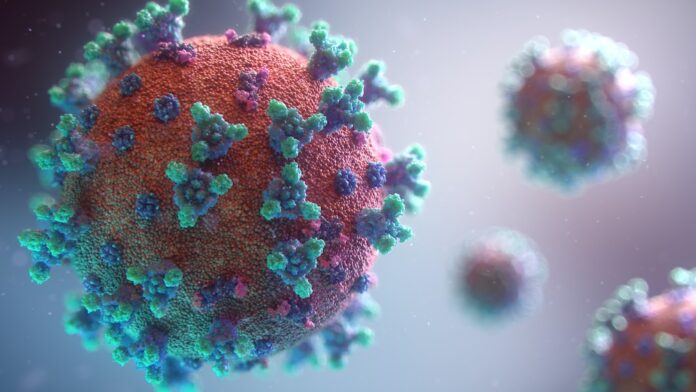Organism that eats viruses for lunch found for the first time
Research and Development
Conducting research and development, scientists have discovered first known organism thriving exclusively on diet of viruses.
The University of Nebraska-Lincoln, US, scientists have found that a species of plankton that populate in freshwater worldwide is the world’s first known organism that survives and thrives by dining on viruses alone. This advancement has shed new light on the role of viruses in the global food web.
The study, published last week in the journal PNAS, found that this virus-only diet – which they call “virovory” – is enough to fuel the growth and reproduction of a species of Halteria, a single-celled organism known for the minuscule hairs.
“It seemed obvious that everything’s got to be getting viruses in their mouths all the time. It seemed like it had to be happening, because there’s just so much of it in the water,” study co-author John DeLong from the University of Nebraska-Lincoln said in a statement.
Previous studies provide scarce evidence of aquatic organisms eating viruses, researchers say.
Most research place viruses as the top “predator” in food chains, but Dr DeLong and his team say, viruses can also serve as food like most predators.
Viruses are often consumed incidentally by a range wide of organisms, and may even season the diets of certain marine protists. But to qualify as a true step in the food chain – described as virovory – viruses ought to contribute a significant amount of energy or nutrients to their consumer.
The research has been three years in the making, and was based on the idea that the sheer number of viruses and microorganisms that can be found in water may well lead to the former being eaten by the latter – though there weren’t many previous studies that the scientists could turn to for reference.
There’s some good stuff inside viruses if you’re an organism looking to feed, including amino acids, nucleic acids, lipids, nitrogen, and phosphorus. Surely something would want to make a meal out of that, the researchers reasoned.
The Research
The team collected pond water samples and added chloroviruses to them, looking to see if any species treated the viruses as food rather than a threat. That led them to Halteria and Paramecium, both of which were thriving in the water.
While the Paramecium snacked on the viruses, its sizes and numbers barely budged. Halteria, on the other hand, dined on them, using the chlorovirus as a source of nutrients. The ciliate’s population grew about 15 times larger in two days, while the virus population dropped a hundredfold.
“At first, it was just a suggestion that there were more of the Halteria organisms,” says DeLong. “But then they were big enough that I could actually grab some with a pipette tip, put them in a clean drop, and be able to count them.”
For more information on virus eating organism, Follow Proceedings of the National Academy of Sciences


